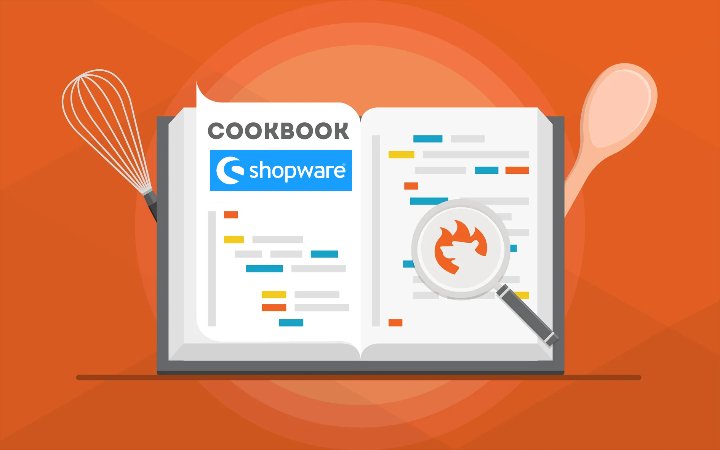
A little over 15 years ago, scientists at Kyoto University in Japan made a remarkable discovery. When they added just four proteins to a skin cell and waited about two weeks, some of the cells underwent an unexpected and astounding transformation: they became young again. They turned into stem cells almost identical to the kind found in a days-old embryo, just beginning life’s journey.
At least in a petri dish, researchers using the procedure can take withered skin cells from a 101-year-old and rewind them so they act as if they’d never aged at all.
Now, after more than a decade of studying and tweaking so-called cellular reprogramming, a number of biotech companies and research labs say they have tantalizing hints that the process could be the gateway to an unprecedented new technology for age reversal. Read the full story.
—Antonio Regalado
This piece is from our forthcoming mortality-themed issue, launching tomorrow. If you want to read it when it comes out, you can subscribe to MIT Technology Review for as little as $80 a year.
Machine learning could vastly speed up the search for new metals
The news: Machine learning could help develop new types of metals with useful properties, such as resistance to extreme temperatures and rust, according to new research. A team of researchers from the Max Planck Institute managed to identify 17 promising new metals using AI, which predicts which combinations of metals will show promise far more precisely than current methods of laboratory experimentation.
Why it matters: The discovery could prove useful for a range of sectors—for example, metals that perform well at lower temperatures could improve spacecraft, while metals that resist corrosion could be used for boats and submarines. It could also pave the way for greater use of machine learning in materials science. Read the full story.
—Tammy Xu






